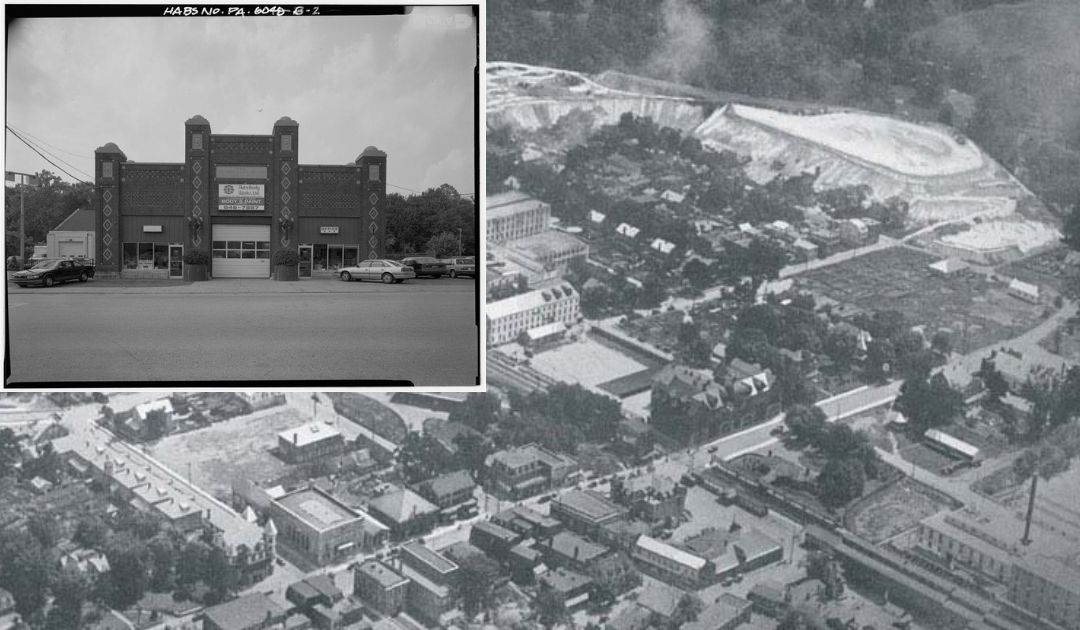Ambler has been featured by multiple outlets over the years for its history as the “Asbestos Capital of the World.”
The Facebook group Abandoned, Old & Interesting Places – Eastern PA has shared old photos of the now-defunct Keasbey & Mattison Company, along with “the white mountains of asbestos that would later turn this section of Ambler into an EPA Superfund site.”
The Girard Trust Bank and a hotel across the street are visible in the lower left-hand corner of the photo above. The group also shared photos of the site’s past and present:
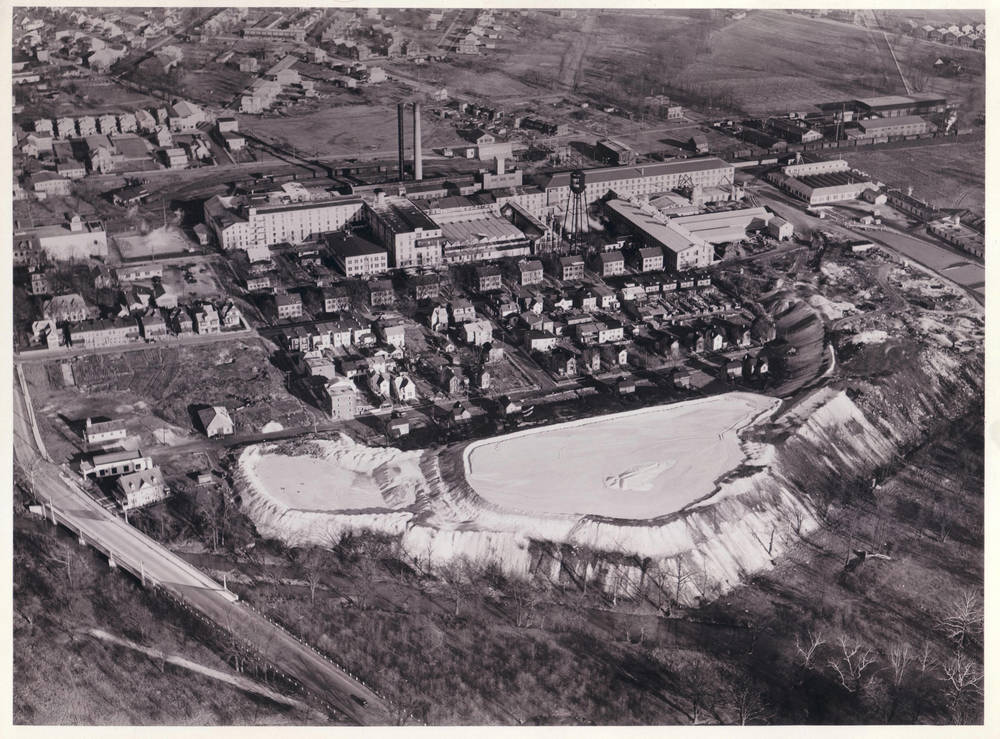
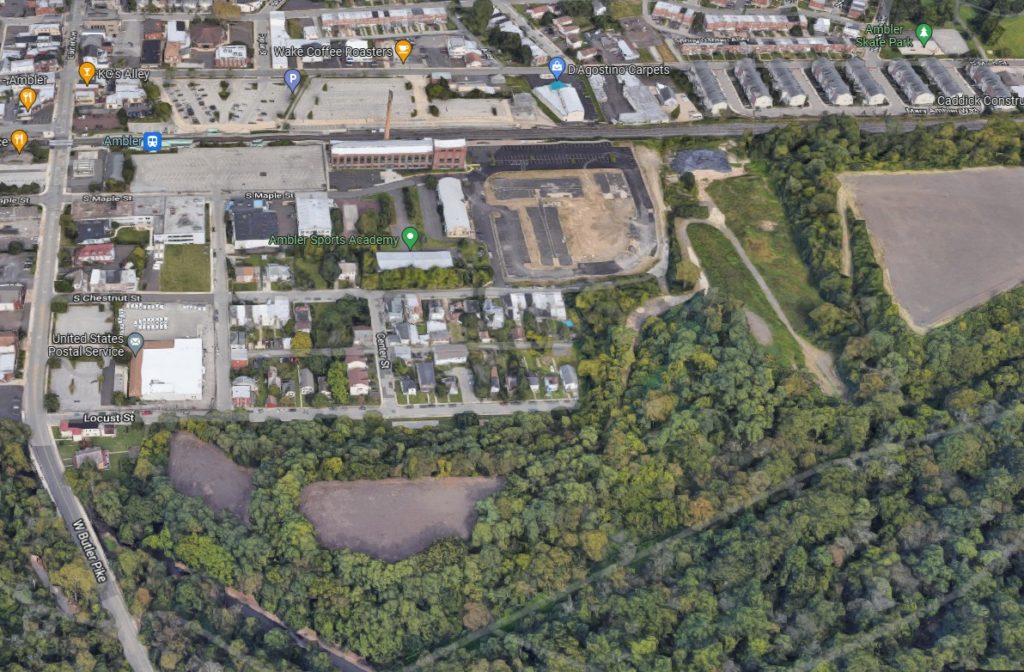
From their Facebook post:
Ambler, Pennsylvania, was one of the first asbestos factory towns in America, and it remained a major source of asbestos products for almost a century. This left a legacy of illness and environmental contamination that still haunts the town, long after the asbestos factories closed. Shown here is the Keasbey & Mattison Company, which later became one of two superfund sites in Ambler.

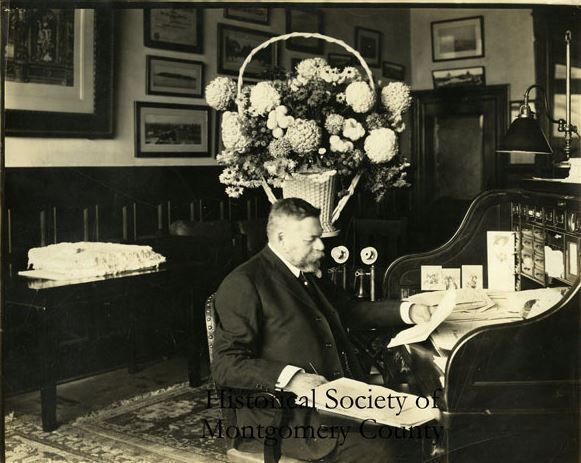
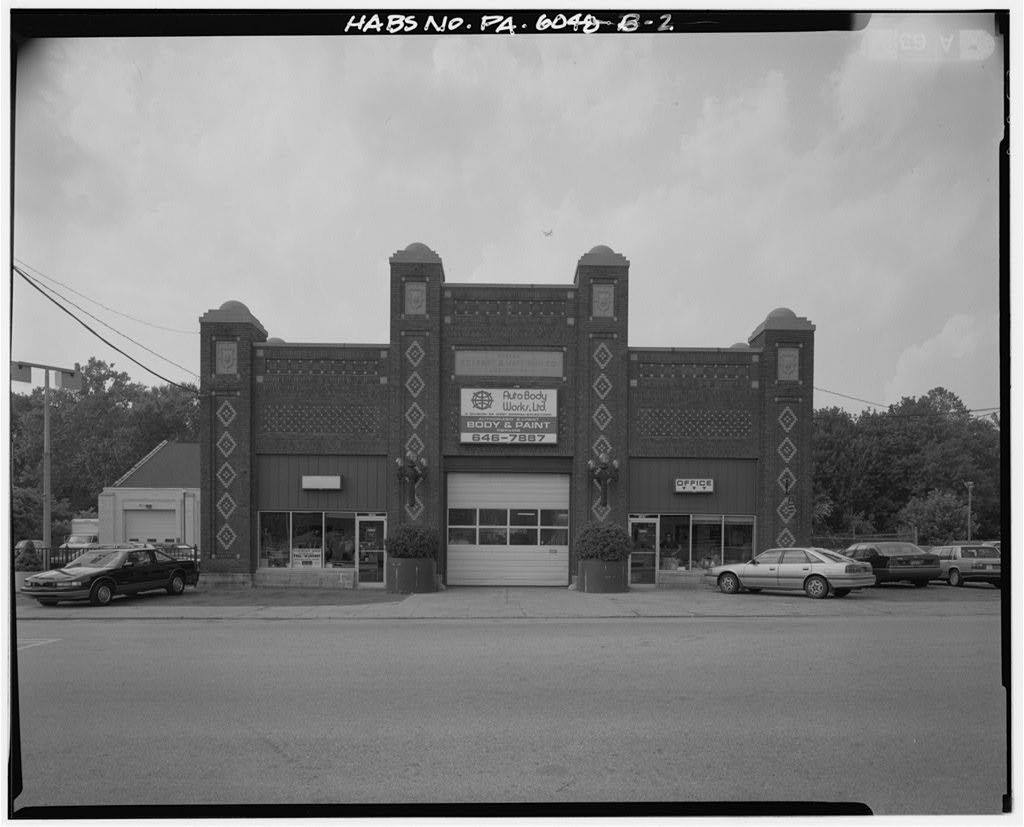
The property has since been converted into a state-of-the art LEED-certified office space.
A YouTube video courtesy of the Historical Society of Montgomery County discusses the history of the company and Lindenwold, owner Dr. Richard Mattison’s home.
According to HSMC curator Karen Ploch, Mattison was known as the “Asbestos King,” and Keasbey & Mattison Company exchanged hands several times after his death in 1936. “The company continued to make asbestos products for several decades until it became widely known that exposure to asbestos causes cancer,” the caption reads.
In February, Hidden City Philadelphia recently published an op-ed detailing Ambler’s former moniker as the “Asbestos Capital of the World”.
The article discusses when the company town “served as a fiefdom of Richard V. Mattison and the empire he built out of the toxic fiber,” as well as its “resurgence, fueled by individuals, local government, and groups like Ambler Main Street that encouraged investment, along with citizens’ groups that helped keep overdevelopment in check.”
For the full article, you can click here.

